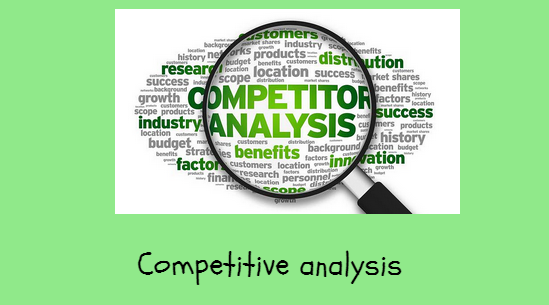Tag: competitive intelligence

Competitive Intelligence: The Business Intelligence Process Part 3
Does your business put a priority on its business intelligence process? Does it monitor your competitive analysis, marketplace trends and its understanding of market change? And most importantly, does it put a priority on making changes as a result of insights from this analysis? This will be a four-part series. This third part will discuss…

Business Intelligence Process: Ways to Master Business Improvement
Whoever tries the most stuff usually wins. Does your business put a priority on its business intelligence process? Does it monitor your competitive analysis, marketplace trends and its understanding of market change? And most importantly, does it put a priority on making changes as a result of insights from this analysis? This is a four-part series…